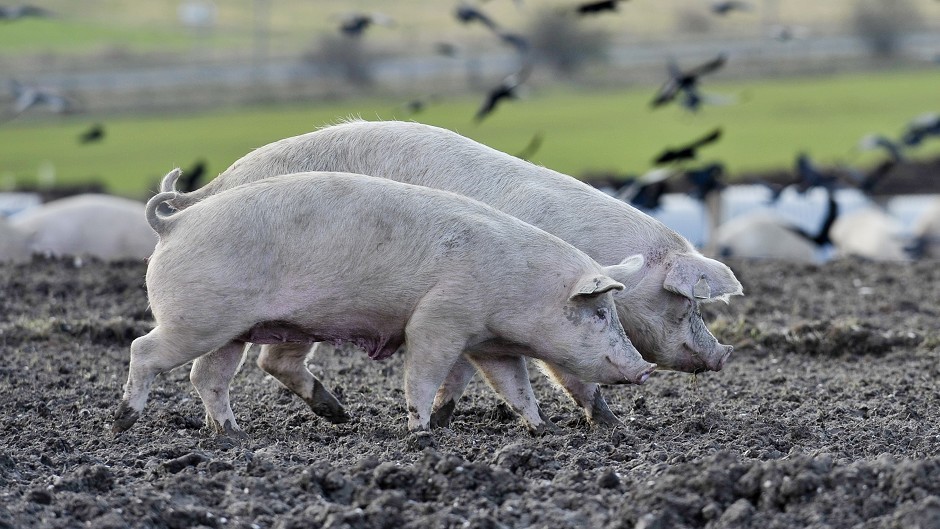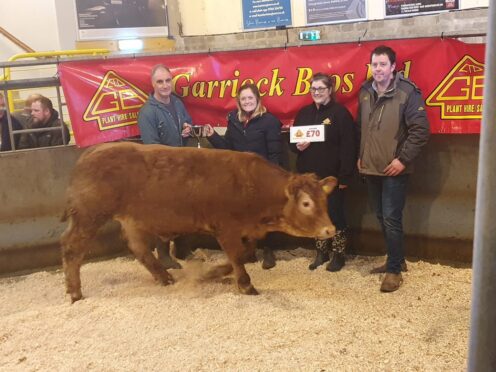The number of beef cattle and pigs in Scotland increased in 2015, according to figures from Quality Meat Scotland (QMS).
The red meat levy body’s annual report on the state of the sector – the Scottish Red Meat Industry Profile – revealed a 0.4% increase in the size of the national beef herd to 424,500 cattle in December 2015.
In the pig sector the size of the national sow herd was up 12.5% to 37.300, while the national breeding sheep flock reduced in size by 1% to 3.011million head.
QMS senior economics analyst, Iain Macdonald, said: “Scottish abattoirs handled fewer prime cattle in 2015 but, with average carcase weights on the increase, annual beef production volumes were only 0.3% below 2014 levels at 169,200tonnes.”
He said England and Wales remained the main market for Scottish processors in 2015, with more than two thirds of all revenues generated there.
Export sales were estimated to be up 4% to £76.5million with increased beef exports offsetting a decline in sheep meat exports.
“In 2015 the UK traded less red meat than in the previous year. Imports fell 3.5% to 927,500tonnes with exports down 9.5% at 378,000tonnes,” added Mr Macdonald.
“Rising domestic production reduced import requirements as exchange rate movements made it difficult to export profitably, leaving a greater proportion of domestic production on the home market.”
He said farmgate cattle prices were down for the second year in a row – Scottish abattoirs paid an average of 361p a kilo deadweight for steers, which was down 2% on 2014.
“For prime sheep, a difficult market led to a 9% fall in the average producer price at Scottish auctions to 167p/kg liveweight,” added Mr Macdonald.
“Meanwhile, store cattle prices were little different on average to those of 2014, but the autumn trade in store lambs struggled, with Blackface prices averaging 6% lower. Prime pig producer prices fell sharply in 2015, averaging 17% below 2014.”
He said the QMS report also revealed a decrease in the annual average agricultural input costs for UK farmers, which were down 4.5% last year to the lowest level since 2010.
According to the report, the decrease was a result of a sharp fall in the cost of energy and feed, with fertiliser also proving cheaper than in 2014.










